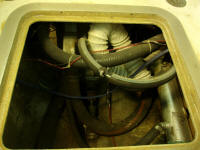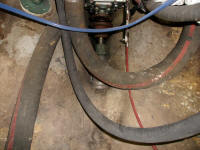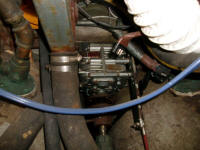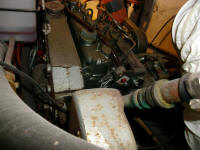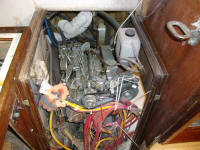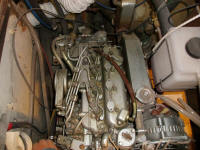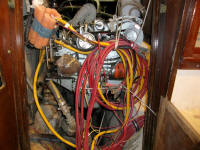
110 Cookson Lane | Whitefield, ME 04353 | 207-232-7600 | tim@lackeysailing.com
Blue Teal | Friday, June 7, 2013
The job that started it all, as it were, was to replace the existing Universal M430A diesel engine with a new Beta 20. While the Universal was in basically good condition and ran well, the owner was ready for a fresh start with a modern diesel, which would also clean up some oddities of the Universal installation, with its complicated external heat exchanger and tangle of hoses behind the engine.
To begin, I moved the large bundle of battery cables off to the side for later attention, then removed the raw water strainer beneath the front of the engine to get it out of the way of the upcoming work.
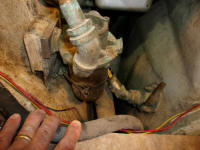
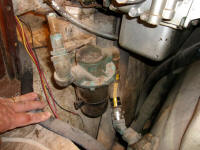
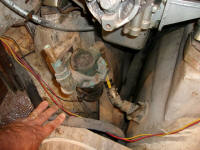
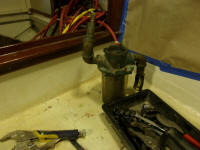
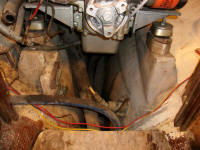
I continued disconnecting various hoses, including the four hoses leading to and from the heat exchanger (located in the compartment aft of the engine), fuel lines, exhaust hose, and control cables, before unbolting the engine from its foundations. At the aft end, I couldn't reach the aftermost nuts to remove the final two bolts securing the mounts, so instead I removed the large bolts that secured the engine mounting flanges to the flexible mounts. Fortunately, the shaft coupling had already been disconnected when the boat arrived here.
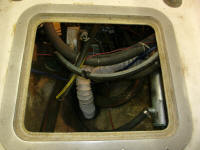
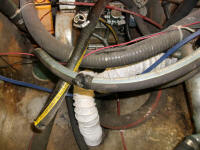
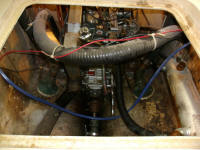
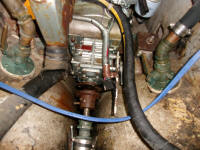

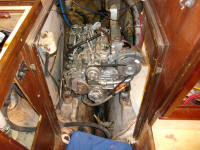
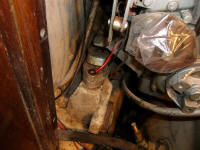
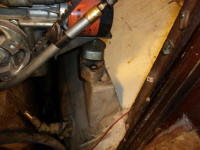

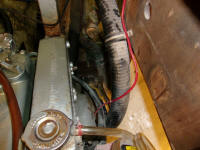
With everything disconnected, I lifted the old engine out of the boat and to the shop floor. This running takeout would be available for sale sometime later.
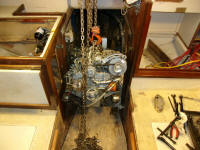
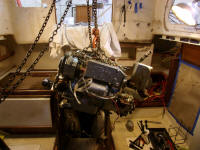

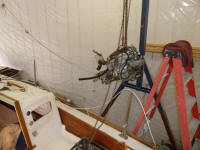

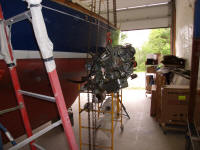

With the engine out of the way, my next task was to finish removing what was leftover--final hoses, the exhaust muffler (located in the bilge beneath the engine), and the remote heat exchanger, among other things. The engine room and bilge areas were fairly dirty, though nothing like the worst I'd seen on other boats, but it would take quite a bit of cleaning to remove grime and oil. The area beneath the cockpit, and aft of the stuffing box, was rougher overall, and had never been painted white along with the engine room itself, so this area wouldn't clean up as noticeably as the rest.
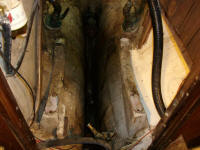
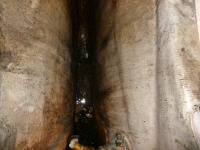
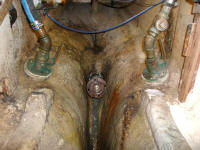
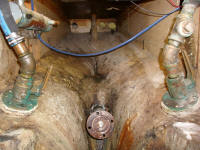
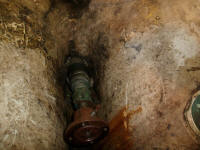
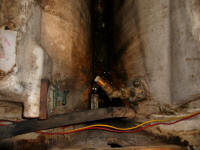
The first thing I noticed when I removed the muffler from the bilge was what looked like a little platform lying loose down in the depths. I removed the piece and set it aside, then noticed that it looked like a lot of debris had collected beneath this little platform, so before continuing I decided to remove the slop. However, I immediately found that there was no bottom--that is, what I thought was a pile of normal bilge debris turned out instead to be the void area at the bottom of the keel and filled with what looked like loose crumbled concrete (later identified as vermiculite), and what I'd initially thought was a platform was actually the heavy, useless, brittle mass of resin and gelcoat that the builders had poured down there to "seal" the mess beneath.

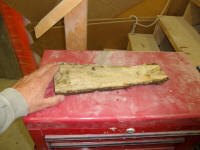
This photo, taken out of sequence after I'd thoroughly cleaned the area, shows the open area at the top middle of the frame, with the remaining segments of the "cap" visible on each end. Of course this open area, which extended deeper than my scraping tool could find, was fully saturated with a excellent mixture of water and oil; who knew how long this had been open in this way. Ignorance is bliss.

My initial plan had been to flood the bilge with degreaser and water to soak away the grime, but this finding changed my plans. Instead, I removed the accumulation of water, antifreeze, and diesel (mostly stemming from the engine's disconnection) with rags, removed some of the crumbly gunk from the void, and then hand-cleaned the area as well as possible with spray degreaser, a scrub brush, and lots of rags, since I didn't want to exacerbate whatever issues in the bottom of the keel by adding water to the mix. This chore, and related final disconnections and clean up, consumed most of the remainder of the day.
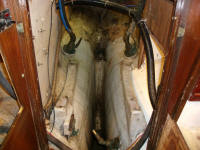
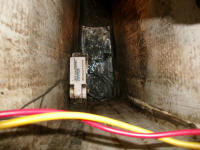
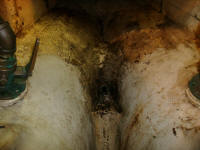
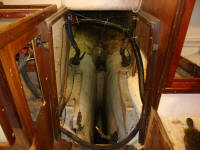
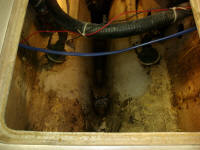
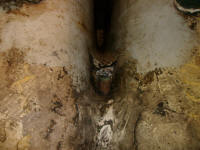
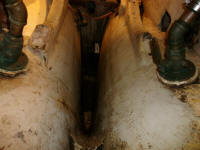
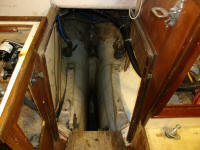
While the new engine installation was one of the main focuses of the project, additional work--depending on the overall schedule constraints and other factors--would include various electrical work, windlass installation, and more, all to be determined bit by bit as the project progressed.
Total Time on This Job Today: 8 hours
